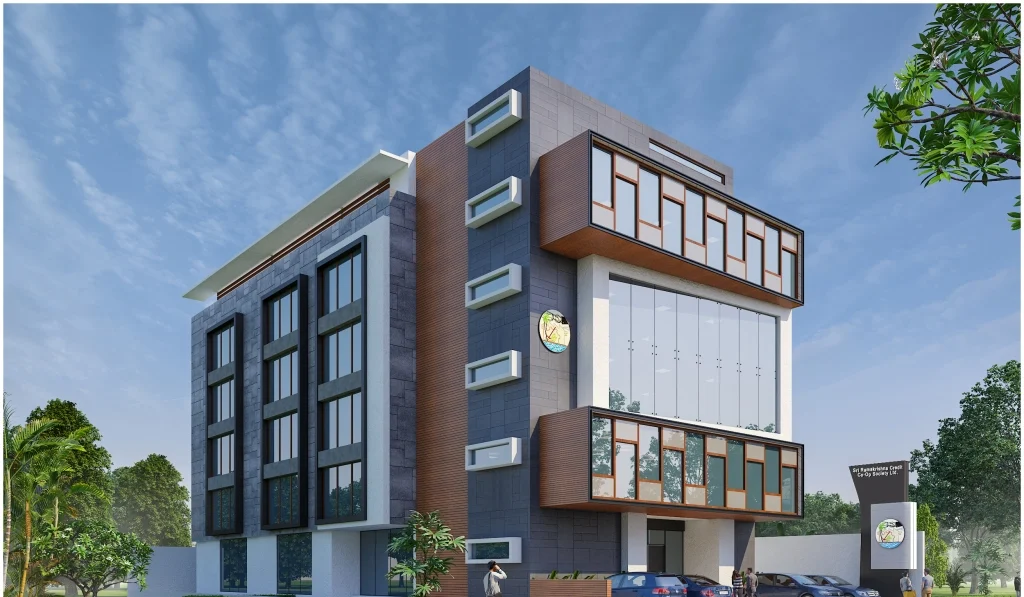How Timely Repairs Save You Money In the Long Run
Regular maintenance and timely repairs are often seen as additional expenses that can be delayed. However, postponing necessary repairs can lead to escalating costs, safety hazards, and even legal complications. Understanding the true value of proactive upkeep can help building owners and residents make informed decisions. Here’s how timely repairs can save you money in the long run:
- Preventing Escalation of Damages
Small issues, if left unattended, can escalate into significant problems. For example:
- Cracks in Walls: What starts as a hairline crack can grow into structural damage, requiring extensive repair work.
- Leaky Roofs: Ignoring a minor leak can lead to water infiltration, causing mold, weakened structures, and damage to interiors.
Addressing these issues early prevents the need for expensive overhauls, saving you from hefty repair bills down the line.
- Reducing Energy Costs
Faulty infrastructure, such as damaged windows, poor insulation, or outdated HVAC systems, can significantly increase energy consumption. Timely repairs:
- Ensure that windows and doors seal properly, reducing energy loss.
- Maintain the efficiency of heating and cooling systems.
- Prevent water leaks that may cause electrical systems to work harder.
These small fixes can result in considerable savings on utility bills over time.
- Extending the Life of Your Building
Regular upkeep ensures that the building structure and its components remain in good condition. Key areas include:
- Waterproofing: Protecting walls and roofs from water damage prolongs their lifespan.
- Painting and Coating: Fresh paint not only improves aesthetics but also protects against environmental damage.
- Plumbing and Electrical Systems: Regular checks avoid catastrophic failures that are costly to fix.
By investing in repairs when needed, you delay the need for complete replacements.
- Avoiding Emergency Repair Costs
Emergency repairs are almost always more expensive than planned maintenance. Whether it’s a burst pipe, an electrical short circuit, or a sudden roof collapse, such situations demand immediate attention and often involve:
- Higher labor charges due to urgent scheduling.
- Additional costs for temporary fixes or accommodations.
- Replacement of damaged property and assets.
Proactive maintenance minimizes the likelihood of such emergencies.
- Maintaining Property Value
A well-maintained property retains its market value better than one showing signs of neglect. Prospective buyers or tenants are less likely to invest in or rent a property with:
- Visible damages like peeling paint, cracks, or leaks.
- Underlying issues revealed during inspections.
Timely repairs ensure your property remains an attractive and valuable asset.
- Improving Safety and Reducing Liability
Neglecting repairs can create safety hazards, such as:
- Loose tiles or broken handrails.
- Electrical malfunctions leading to fire risks.
- Structural weaknesses posing collapse dangers.
In addition to repair costs, accidents caused by such negligence could lead to legal liabilities and compensation claims. Ensuring safety through timely fixes prevents these additional financial burdens.
- Enhancing Peace of Mind
Living or working in a well-maintained building reduces stress and improves quality of life. Addressing issues promptly:
- Creates a safe and comfortable environment.
- Reduces disruptions caused by unexpected breakdowns.
- Ensures long-term savings, providing financial stability.
Conclusion
Timely repairs are an investment, not an expense. They save money by preventing small issues from growing into major problems, reducing energy costs, and extending the lifespan of your building. Moreover, they help maintain property value, enhance safety, and provide peace of mind. By adopting a proactive approach to maintenance, you can avoid unnecessary expenses and secure a more financially sound future for your property.

